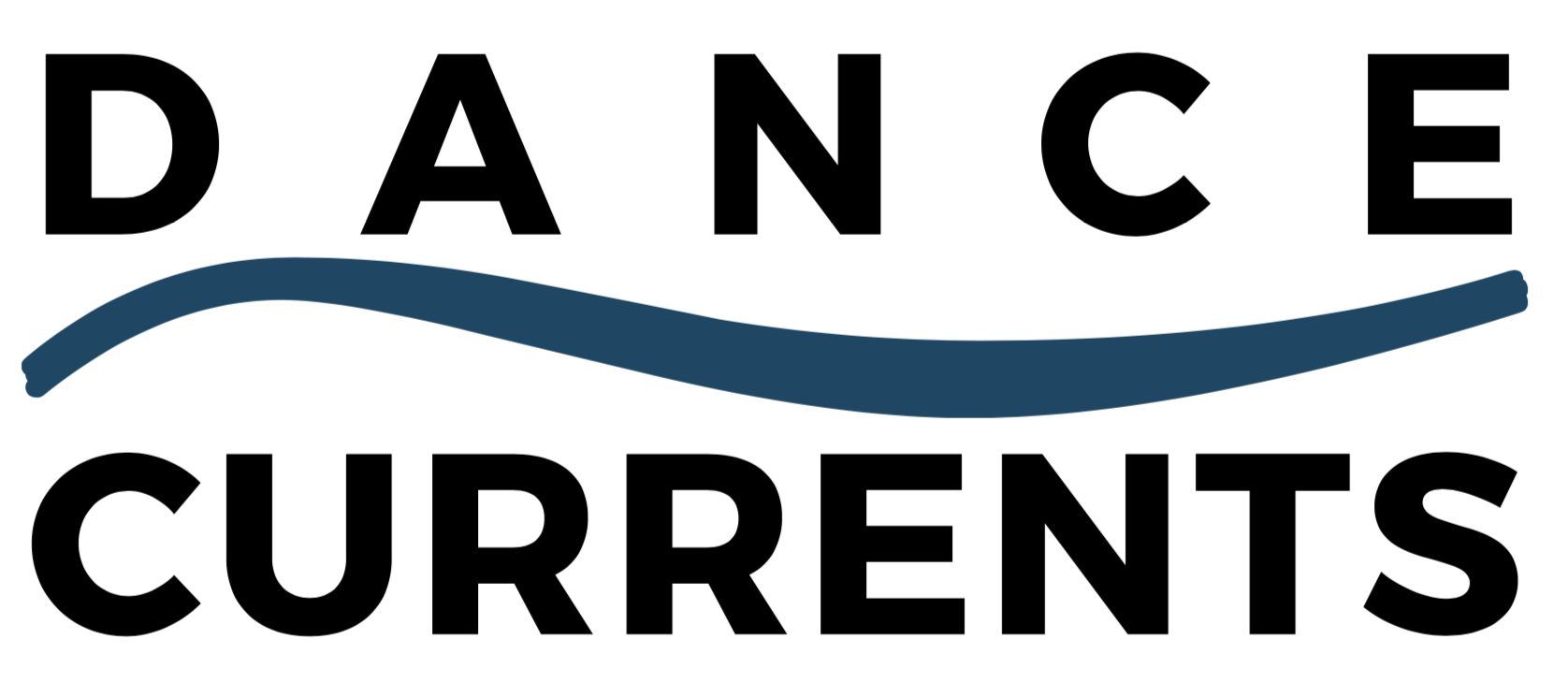 If movement could be converted to snow, Point Park University’s student performers whipped up a blizzard of dance at the Byham Theater Thursday night. (Pardon the snow reference, but it’s inevitable given the nearly 30 inches that fell on Pittsburgh.) Although the program contained what could be termed four finale numbers (or close to it), making it hard to sustain and/or build the energy, there was no doubt that this was the strongest performance yet in six years at Conservatory Dance Company’s annual sojourn to the Byham.
If movement could be converted to snow, Point Park University’s student performers whipped up a blizzard of dance at the Byham Theater Thursday night. (Pardon the snow reference, but it’s inevitable given the nearly 30 inches that fell on Pittsburgh.) Although the program contained what could be termed four finale numbers (or close to it), making it hard to sustain and/or build the energy, there was no doubt that this was the strongest performance yet in six years at Conservatory Dance Company’s annual sojourn to the Byham.
Part of it had to do with the selection of choreography, all physically astute and tapping the students’ seemingly unquenchable wellspring of energy, with Gerald Arpino’s “Light Rain” (Maia Wilkins), Daniel Ezralow’s “SUPER STRAIGHT is coming down” (Cheryl Mann), Doug Varone’s “The Constant Shift of Pulse” (Daniel Charon) and David Parsons’ “Nascimento” (Jason McDole). Repetiteurs are listed in parentheses because they had more than a helpful hand in the program’s success.
Part of it had to do with the use of nuance, a new development in Point Park’s dance program, which has always nurtured mostly forthright performances. With this program, the audience could see elements like phrasing and lyricism, caught within each piece.
Part of it, thought, had to do with the quality of the graduating senior class. That could best be seen in Ezralow’s “SUPER STRAIGHT,” an angular commentary on an uptight, corporate society. Rigid. Isolated. Pressurized. INTENSE.
“SUPER STRAIGHT” didn’t display much in the way of high-flying tricks. The performers  banked on the use of control and, in particular, the use of silence. It provided contrast, challenging the performers and audience alike. Although the work took a few moments to build, once the five dancers took hold, they never let go, drawing in the audience as if there was an emotional pull.
banked on the use of control and, in particular, the use of silence. It provided contrast, challenging the performers and audience alike. Although the work took a few moments to build, once the five dancers took hold, they never let go, drawing in the audience as if there was an emotional pull.
Most of them came from prominent roles in the previous CDC production, Kiesha Lalama-White’s “The Bench.” It was obvious that the connection, the trust was still there. “SUPERSTRAIGHT” took advantage of James Washington’s beautiful sense of balance, Angela Dice’s economy of motion, Ahmad Simmons’ intelligence, combined with a breathtaking vertical jump, and Naila Ansari’s earthy sensuality. Ray Interior fit into the dynamic well, and rose to the occasion during his solo moments.
Solos abounded in all of the works, giving many students a chance to strut their stuff, so to speak, and a nice touch that took advantage of the range of talent. In Parsons’ “Nascimento,” a mostly senior cast avoided taking a youthful response to the Latino beat and instead offered more through a joyous clarity and rhythmic acuity. It was also playfully hot. After a reflective mid-section, the music began percolating in a Bobby McFerrin-like setting and at one point, the audience spontaneously responded with rhythmic clapping. Inspired, the cast skillfully took it to another level.
 Varone’s “The Constant Shift of Pulse” was just that. It had movement that seemed to spill across the stage to John Adams’ terrific score, a cross between the rhythmic variety of Igor Stravinsky and the pulsating hypnotic flair of Philip Glass, but still its own animal. Fifteen dancers matched the movement to the music in surprising places. Although the dance seemed to be forgiving in its casualness, it was ultimately demanding in Varone’s underlying complexity, broken by scintillating pauses, that left both dancers and audience breathless at the end.
Varone’s “The Constant Shift of Pulse” was just that. It had movement that seemed to spill across the stage to John Adams’ terrific score, a cross between the rhythmic variety of Igor Stravinsky and the pulsating hypnotic flair of Philip Glass, but still its own animal. Fifteen dancers matched the movement to the music in surprising places. Although the dance seemed to be forgiving in its casualness, it was ultimately demanding in Varone’s underlying complexity, broken by scintillating pauses, that left both dancers and audience breathless at the end.
Created in 1981, Arpino’s “Light Rain” was a brief history lesson in the all-American athleticism that marked The Joffrey Ballet, filtered here through a pseudo-Arabian lens. With rippling lighting and a misty haze settling over the dance, Arpino inserted undulating arms, trembling knees and feet and requisite hip rolls. There were splits, upside down and right side up, both male and female. Perhaps the ballet was awash in a time when Americans were just opening their eyes and ears to other cultures, but it was still well-suited to the CDC dancers and gave a boost to Point Park’s ballet program, where proper programming is a must.


Recent Comments